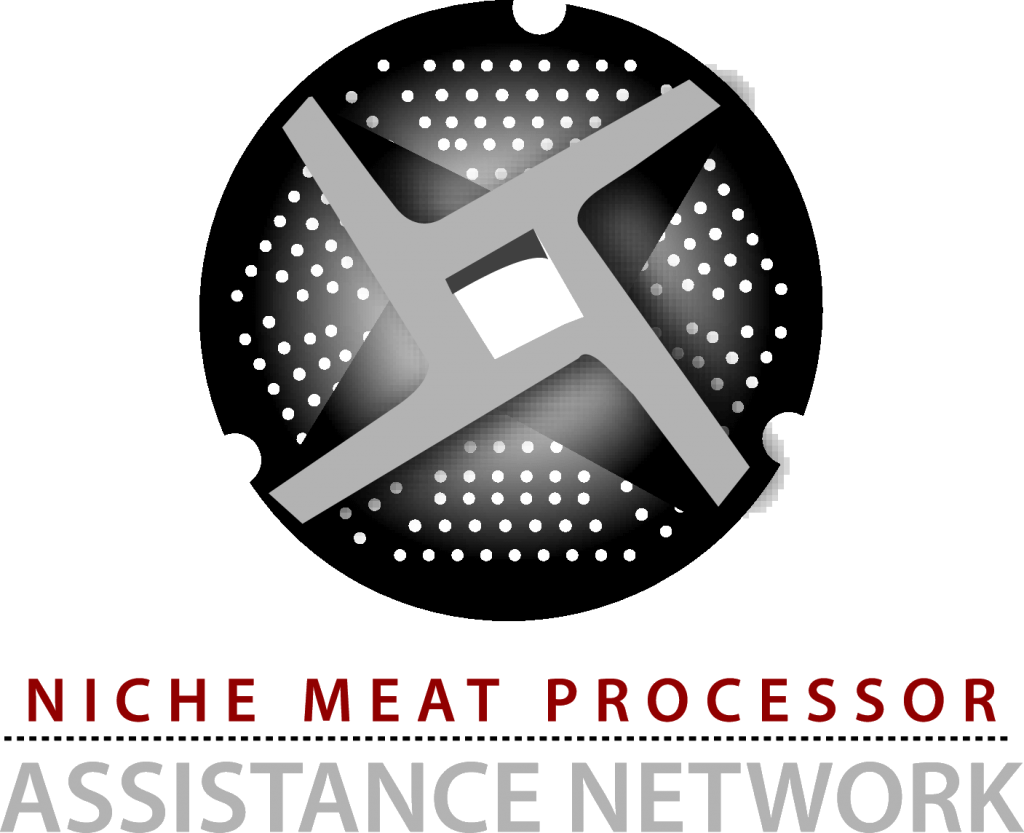HACCP stands for Hazard Analysis and Critical Control Point. A hazard analysis is the process used to determine the food safety hazards reasonably likely to occur in the production process. This also identifies the preventive measures, or “critical control points,” that the establishment can use to control those hazards. Hazards are grouped into three categories:
- physical – e.g. metal, glass, hair
- chemical – e.g. detergents, nitrite when used in excess
- biological – e.g. pathogens
The first step to creating a HACCP plan is attending a HACCP workshop. This will not only train you in HACCP, but it will also provide you with a HACCP certificate. At least one person in every plant must be HACCP certified in order to sign the HACCP plan and any revisions.
HACCP workshops are regularly conducted around the country, often at land grant universities. Each State is assigned a HACCP Coordinator to assist plants with the development of HACCP Program. State HACCP Coordinators will typically know when and where HACCP workshops take place in your state. The Niche Meat Processor Assistance Network’s State Affiliates may also be able to help you with your HACCP plan and/or finding a HACCP workshop in your area. More information about HACCP.
You may utilize an outside consultant to develop your HACCP plan. Questions about the use of consultants may be answered by an FSIS representative.
Resources
Useful HACCP Model Plans have been developed by University of Wisconsin – Madison. To download a model HACCP plan from this site, decide which type of processing will be done (Slaughter, Raw-Not Ground, Etc.), and follow the steps accordingly. More resources for Food Safety / HACCP.


